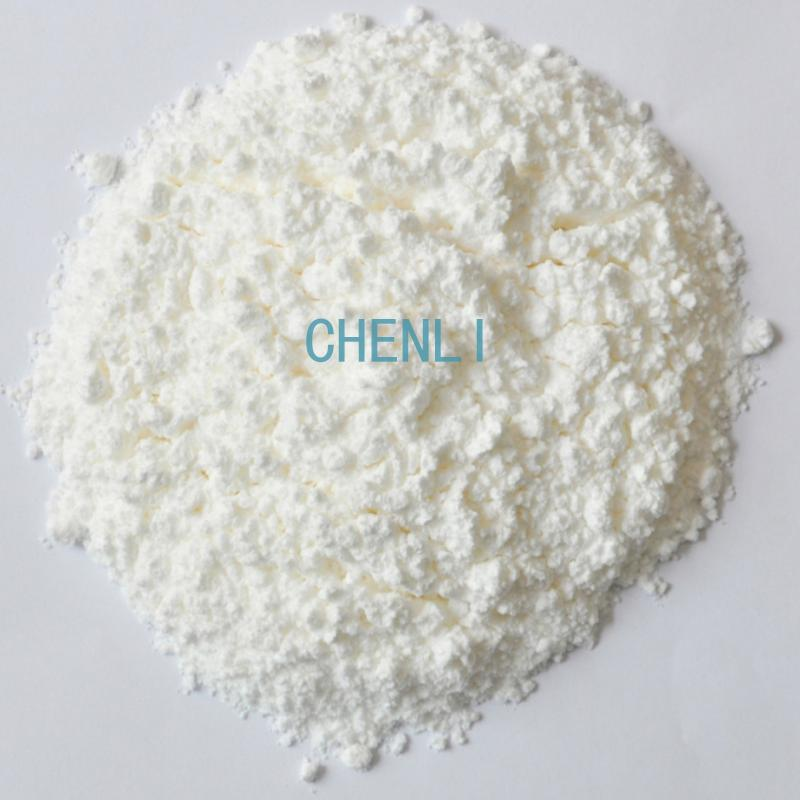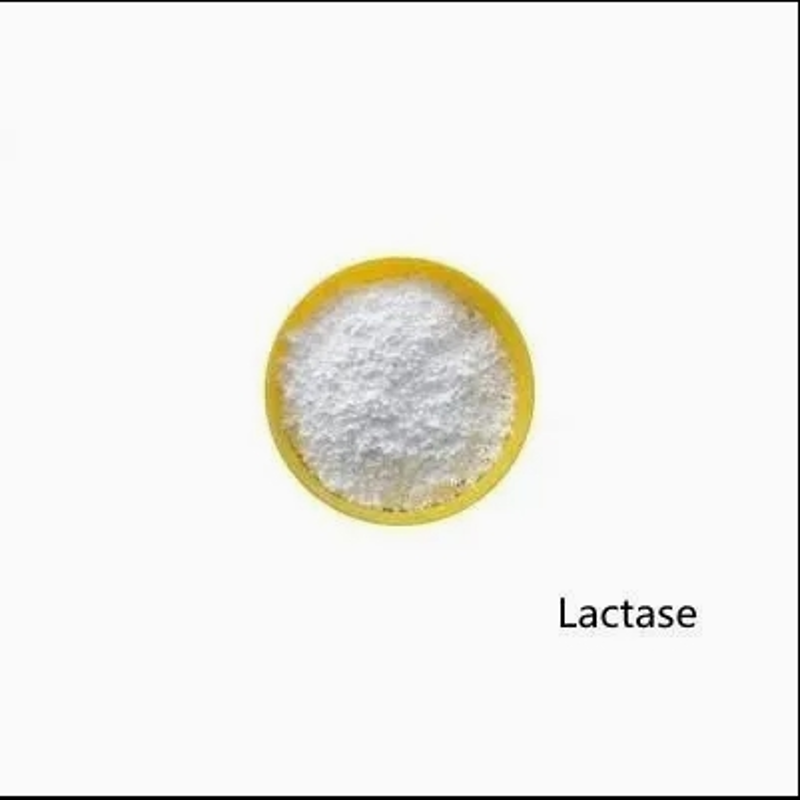What are the detection methods of cyclamate
-
Last Update: 2019-05-20
-
Source: Internet
-
Author: User
Search more information of high quality chemicals, good prices and reliable suppliers, visit
www.echemi.com
Introduction: there is a standard for the intake of cyclamate The daily allowable intake is 11mg / kg That is to say, for a person with a weight of 55kg, even if he / she eats sodium cyclamate every day, as long as his / her daily intake does not exceed 605mg, he / she will not bring harm to his / her health What are the methods of sodium cyclamate detection following the small compilation of Baibai safety net? Sodium cyclamate, white acicular, lamellar crystal or crystalline powder Odorless The sweetness of the dilute solution is about 30 times that of sucrose The sweetness is 40-50 times of sucrose, which is a non nutritive sweetener 10% aqueous solution is neutral (pH 6.5), stable for heat, light and air Slightly bitter after heating Decomposition temperature is about 280 ℃, no Caramel reaction occurs, what are the foods added with cyclamate? Sodium cyclamate is commonly found in the following foods: frozen drinks, canned fruits, jams, preserved cold fruits, cold fruits, fruit cakes, pickled vegetables, cooked beans, beancurd, nuts and seeds with shell, nuts and seeds with shell, bread, cakes, biscuits, compound seasonings, beverages, prepared wine and jelly Let's have a detailed understanding of sodium cyclamate detection What are the methods? The detection method of cyclamate is mainly through transparency detection The so-called low transparency is due to the fact that there are certain impurities in the sodium cyclamate The composition, source and cause of formation of these impurities are complex When sodium cyclamate dissolves in the water, these impurities will also dissolve in the water The solubility of sodium cyclamate and impurities is different with different solvent temperature and concentration The partially dissolved impurities show certain turbidity, that is, different transparency The more impurities and the lower the temperature, the lower the transparency of cyclamate Under the analysis conditions specified in gb12488, if the temperature (room temperature) is low, the solubility is also low, so it is relatively difficult to reach the transparency quality index specified in the standard However, several domestic production processes are easy to produce impurities If there are errors in production and quality control or major defects in production process, it is difficult to remove impurities in sodium cyclamate It is difficult to find and determine impurities in sodium cyclamate However, as long as a reasonable production process is developed, process indicators are strictly controlled, and production operation procedures are strictly implemented, it is difficult to find out It is not difficult to control the pathway of impurity formation There are many reasons why the transparency index of sodium cyclamate fails to meet the requirements of gb12488 The control of sodium cyclamate transparency index has been studied and explored for more than five years, and also traced back to other sodium cyclamate manufacturers for field investigation, discussion and analysis After analyzing the process technology and equipment structure of each sodium cyclamate manufacturer, a large number of original production records and laboratory analysis data have been summarized The same factors that affect the transparency of sodium cyclamate were found out in the differences of process technology of each manufacturer At the same time, the corresponding technical measures for different process technologies have achieved satisfactory results The possible factors affecting the transparency of sodium cyclamate include the quality of raw and auxiliary materials, reaction status, decolorization and filtration degree, acid-base adjustment status, crystallization control, separation operation, water quality, accuracy of laboratory analysis, etc after careful analysis, the researchers believe that: reaction status, decolorization and filtration degree, crystallization control, water use status are the important factors causing low transparency But other factors have little influence, such as the quality of raw materials For a long time, it is believed that the sulfate content in sulfamic acid, in addition to affecting the sulfate index of cyclamate, is also the main factor causing low transparency Generally, the sulfates content of sulfamic acid is usually required to be less than 200mg / kg, and the transparency is not high But try to use sulfamic acid with persulfate content between 2000-6000 mg / kg to produce sodium cyclamate with transparency meeting the requirements of gb12488 However, many manufacturers use sulfamic acid with sulfate content below 200mg / kg, which often results in the transparency not meeting the requirements of gb12488 Obviously, the content of sulfates in sulfamic acid has nothing to do with the transparency of cyclamate First of all, in the production process of sodium cyclamate, the reaction stage is the main cause of low transparency Due to the insufficient reaction pressure, low reaction temperature, insufficient reaction time or insufficient mixing of reaction tank, the two main raw materials of cyclamate production, cyclohexylamine and sulfamic acid, can not react completely, forming a large number of impurities dissolved with cyclamate After the end of the decomposition stage, these impurities enter the decolorization and filtration stage with the decomposition solution Secondly, the decolorization and filtration stage of cyclamate is the main way to control the transparency index In order to decolorize and filter impurities, active carbon is usually added into the decomposition solution, which is absorbed by active carbon, and then passed through the plate and frame filter At this stage, strict control of filtration temperature is very important to improve the transparency of sodium cyclamate The higher the filtration temperature, the lower the transparency Generally, the filter temperature should be controlled below 42 ℃ It has been tested that the same batch of decomposition solution is filtered by different temperatures, one is controlled at 50 ℃, the other is 40 ℃, and the analysis results show that the transparency of the former is 91%, and the latter is 97% At the same time, the concentration of mother liquor also has a significant impact on the transparency of sodium cyclamate, especially for the mother liquor recovered many times, with the increase of recovery times, the concentration of mother liquor becomes lower and lower On the other hand, in the process of dehydration and separation, if the water is not properly controlled and the water volume is too large, the mother liquor concentration will be too low Impurities have high solubility in the mother liquor at low concentration, so it is easy to enter the crystallization process through the filter layer during filtration Therefore, it is very important to strictly control the concentration of mother liquor In the filtration, the size and quality of activated carbon particles have a direct impact on the transparency, and proper selection can play a role of twice the result with half the effort Generally, more than 200 mesh of activated carbon is suitable At the same time, the decomposition solution or mother liquor within 10min after filtration shall be pumped back for re filtration to avoid that the filter cake is too thin at the initial stage of filtration and impurities are mixed into the crystallization tank through the filter In addition, it is better to use soft water after treatment Because untreated water, even tap water, may contain many impurities due to its different water quality, affecting the transparency of sodium cyclamate The above is the content of the sodium cyclamate detection method introduced by the small edition of Baibai safety net If you want to know more about food additives, please continue to browse the content in the food safety knowledge base of this net, so that you can eat safe food Editor in charge: Zhang Xiaofu
This article is an English version of an article which is originally in the Chinese language on echemi.com and is provided for information purposes only.
This website makes no representation or warranty of any kind, either expressed or implied, as to the accuracy, completeness ownership or reliability of
the article or any translations thereof. If you have any concerns or complaints relating to the article, please send an email, providing a detailed
description of the concern or complaint, to
service@echemi.com. A staff member will contact you within 5 working days. Once verified, infringing content
will be removed immediately.







